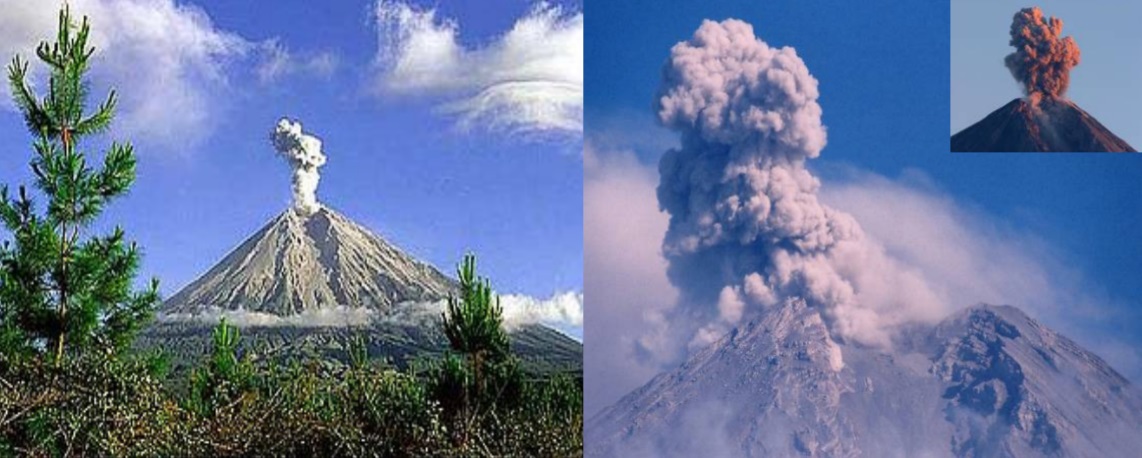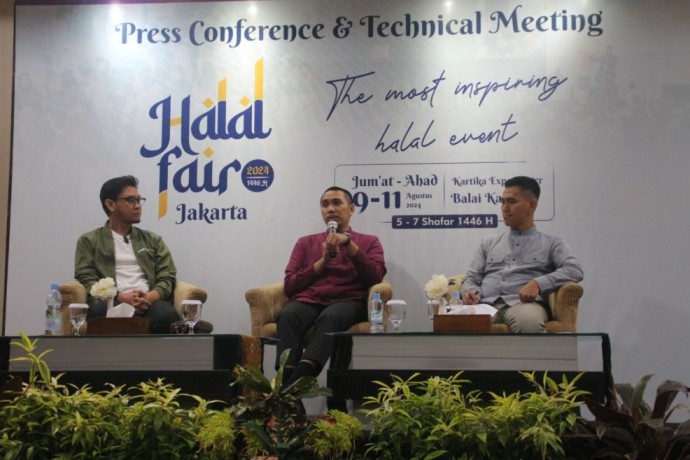Indonesia’s Semeru volcano in E Java has long history of eruption

Bekasi, West Java (Indonesia Window) – Semeru volcano in Indonesia’s province of East Java erupted by emitting hot clouds on Saturday afternoon (Dec. 4), claiming at least 22 lives and pushed over 5,200 people to leave their homes.
The volcanic materials from the 3,676-meter-high volcano were flowing towards Pronojiwo sub district in Lumajang district.
Semeru which is also locally called as Mahameru has a long history of eruptions recorded since 1818, but not much information has been noted until 1913.
In the 1941-1942 period volcanic activities with long durations were recorded.
The Center for Volcanology and Geological Hazard Mitigation (PVMBG) stated that the lava flow occurred during the period from September 21, 1941 to February 1942.
At that time the volcanic materials reached the eastern slope with clouds of 1,400 to 1,775 meters high. The eruptive materials fell to pile up Bantengan irrigation post.
Furthermore, several volcanic activities were recorded in 1945, 1946, 1947, 1950, 1951, 1952, 1953, 1954, 1955 – 1957, 1958, 1959, 1960, making Semeru one of the most active volcanoes in the world.
On December 1, 1977, a lava avalanche produced hot clouds with a distance of up to 10 kilometers in Besuk Kembar area and generated material deposits reaching 6.4 million cubic meters.
Semeru’s volcanic activities continued throughout 1978-1989.
The center also recorded Semeru’s volcanic activities in 1990, 1992, 1994, 2002, 2004, 2005, 2007 and 2008.
In 2008, several eruptions were recorded between May 15 to May 22, 2008.
Observed on May 22, 2008, hot cloud avalanches led to Besuk Kobokan area with a sliding distance of 2,500 meters.
According to PVMBG’s data, Semeru’s main activities are centered in Jonggring Seloko crater, which is located on the southeast side of the Mahameru peak.
Having vulcanian and strombolian characteristics, Semeru could erupt 3-4 times every hour.
The vulcanian character is indicated by explosive eruption that could destroy the existing lava dome, and lava tongue (an outpouring of lava onto the land surface from a vent or fissure). Meanwhile, Strombolian eruptions usually form new craters and lava tongues.
Source: BNPB
Reporting by Raihana Radhwa










